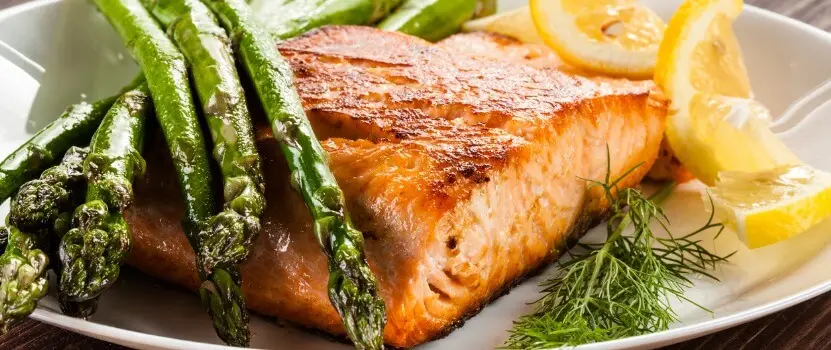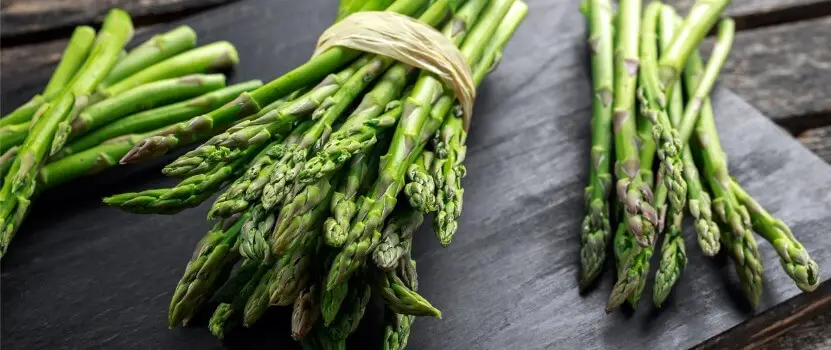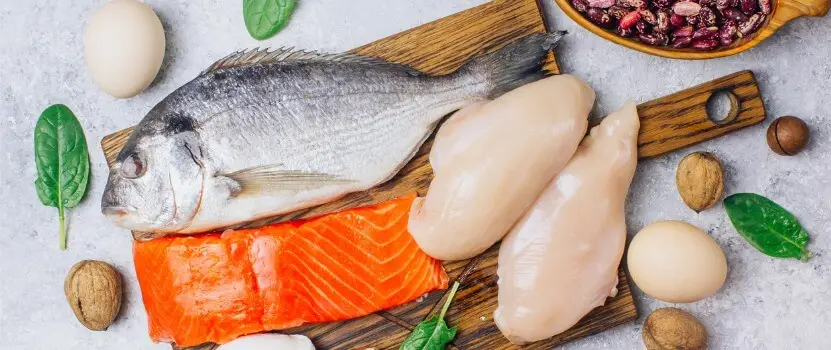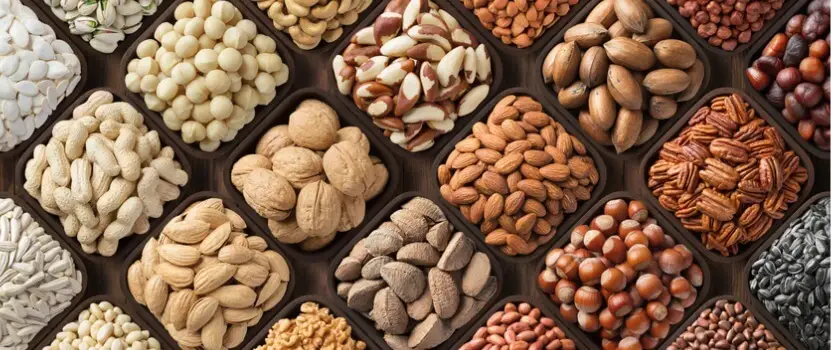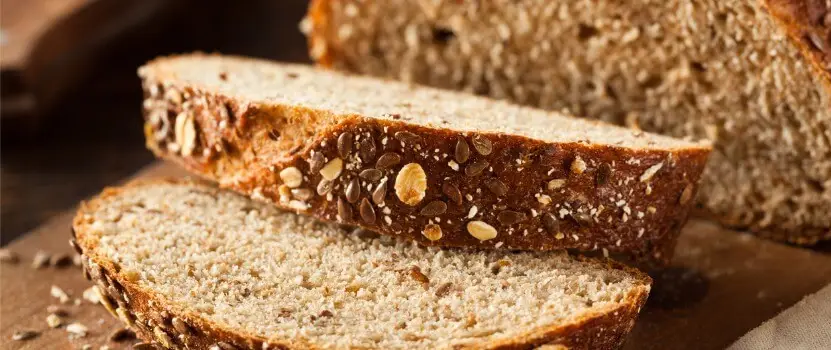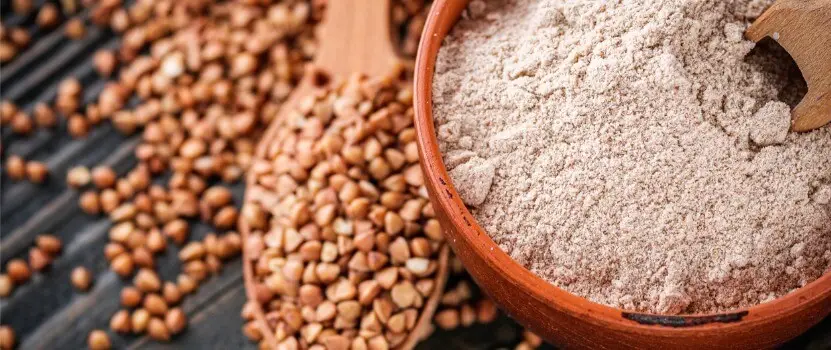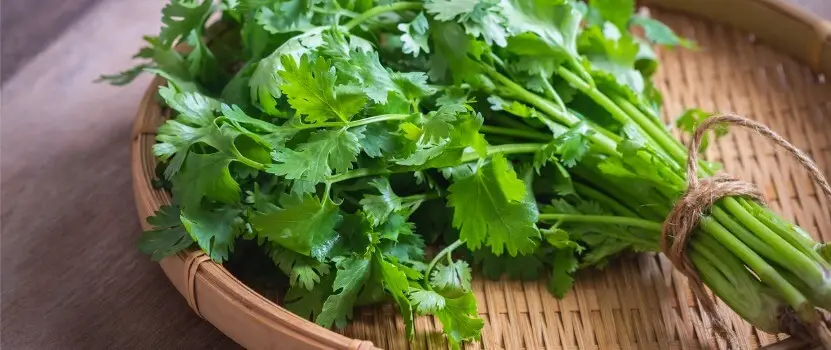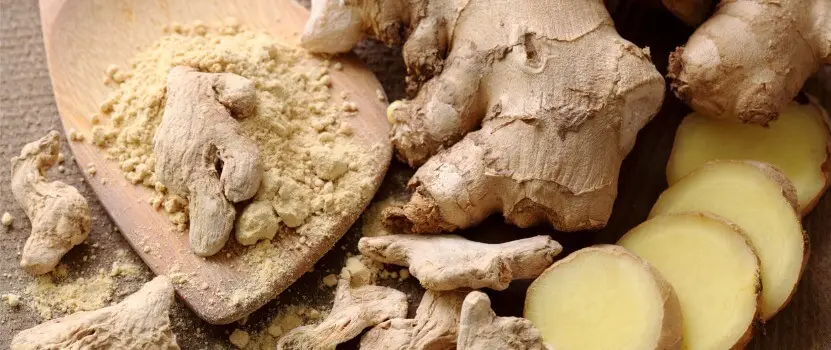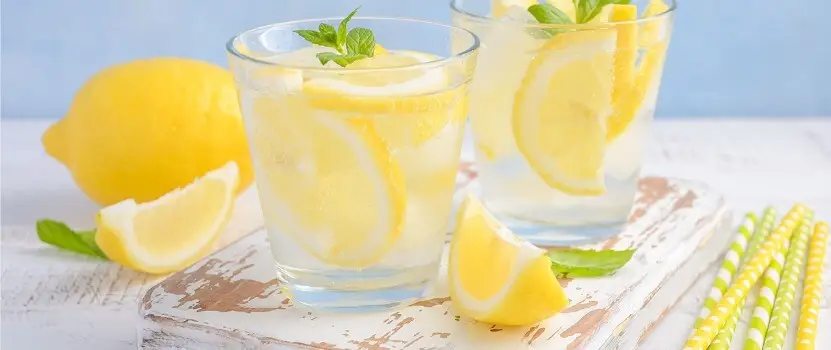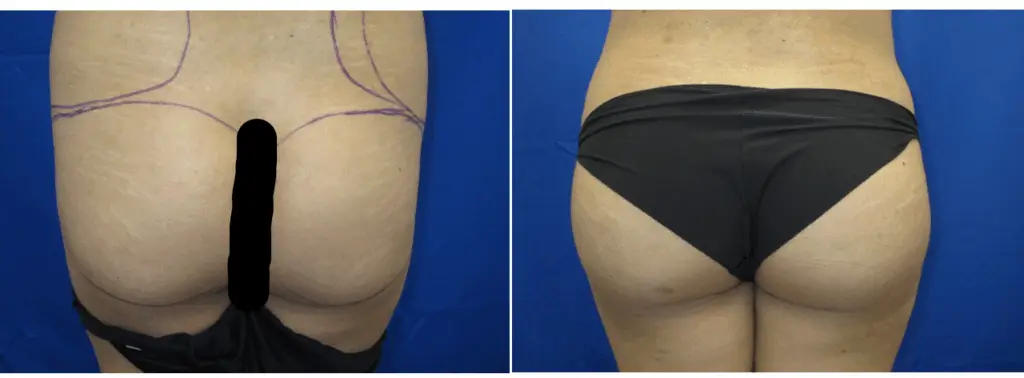Sometimes our skin develops blemishes and spots that make us look and feel older than we are. Cellulite is one of those reminders, and it can develop as early as your teens. While most prominent in women, men can also develop cellulite. However, removing or reducing the appearance of cellulite may be easier than you think — without purchasing ineffective creams and over-the-counter products. Your diet plays a major role in the appearance of cellulite. That’s why something as simple as choosing different foods can make all the difference.
What is cellulite?
Cellulite is a very common skin condition that is harmless. It causes lumpy, dimpled flesh on your thighs, hips, buttocks, and abdomen. While there are many different ways to treat cellulite — including weight loss, exercise, creams, medical treatments, and lifestyle changes — each varies in success. You may have to try a few different things before finding what works best for you.
What causes cellulite?
While the exact cause of cellulite is still unknown, we understand that it involves fibrous connective cords that tether the skin to the muscle. In between this is a layer of fat. As fat cells accumulate, they push up against the skin while the long, tough cords pull down. This causes an uneven surface or dimpling.
We’ve also found that hormonal factors play a large role in the development of cellulite — including genetics, skin texture, and body type. While weight and muscle tone can impact whether you have cellulite, even fit people can develop it.
10 Foods to Reduce Cellulite
1. Grapefruit & Other Fruits
Not only is grapefruit chock full of vitamin C to help repair collagen, but it contains a fat-burning ability that can help with your metabolism and weight loss. Eating this fruit can keep you hydrated — which is an easy way to make your skin look fresher and smoother. Try eating grapefruit by itself, or add it to a dark, green leafy salad.
Other fruits that are full of antioxidants, phytonutrients, and bioflavonoids can also help reduce and get rid of cellulite. These vitamins can help promote collagen production and protect your skin cells from becoming damaged.
2. Asparagus & Other Vegetables
Vegetables such as asparagus are rich in folic acid — which can reduce stress levels and help improve your mood. Since stress can increase fat storage in the body, reducing those levels can prevent excessive storage. Asparagus also contains circulation-boosting properties, which can help reduce cellulite.
Other vegetables, like beetroot, are high in polyphenols, which can help with the appearance of cellulite. Avocados and dark, leafy greens are packed full of antioxidants and nutrients that help with skin elasticity and boost circulation. Try eating your vegetables raw, baked, or adding them to your smoothie in the morning.
3. Chicken & Fish
Amino acids and proteins are essential for healthy connective tissue and collagen production. But before you reach for those pork chops, look for meats that are rich in essential fatty acid content. Poultry and oily fish — such as sardines, mackerel, and salmon — contain omega-3 fatty acids, which can protect your body from harmful compounds and reduce the effects of cellulite.
Leaner meats like turkey, chicken, and fish also hold healthy elements — such as water — to hydrate your skin and make it look softer, fuller, and wrinkle-free. Incorporate these proteins as the main contributor to your meals, but make sure you’re abiding by recommended serving sizes.
4. Nuts & Seeds
Similar to fish, nuts are high in omega-3 fatty acids — which contribute to the health of the skin cell membrane. Not only do nuts help hydrate the skin, but essential fatty acids can also delay the skin’s aging process by reducing the body’s natural production of inflammatory compounds.
Flaxseed is another type of seed that is rich in nutrients. In fact, it’s the richest source of plant-based omega-3 fatty acids in the world. Nuts are a versatile food that can be used as a snack on their own or for a bit of crunch in your favorite cereals, smoothies, or yogurt.
5. Whole Grain Carbs
Whole grains are packed with fiber — helping your digestive system to function effectively. When your digestive system is functioning efficiently, it removes toxins faster. This means that toxins won’t have a chance to make cellulite in the first place.
Whole grains also promote cardiac health and keep your body circulating. This makes whole grains — especially in bread and other carbs — amongst the best foods for cellulite reduction. Look for whole grain buns, bread, and other carb alternatives next time you’re at the grocery store.
6. Buckwheat
Buckwheat is a slow-burning, easily digestible whole grain that stands apart from its whole grain carbohydrate brothers. It’s a complete protein, rich in vitamin B and fiber. This nutrient is incredibly important in the fight against cellulite because it helps push toxins out of fat cells.
Buckwheat contains high amounts of lysine — an amino acid that helps repair body tissue and collagen. This helps to reverse the effects of cellulite. It also makes for a great rice or quinoa substitute.
7. Cilantro
Fresh herbs — such as cilantro — promote detoxification. It removes heavy metals from the body that hide in fat cells. These heavy metals can disrupt tissue function and prevent your body from healing properly. By reducing the toxins in your body, you can reduce stored fat, thus lessening cellulite.
Cilantro isn’t just good for cellulite, though. It also boosts your immune system. But you don’t have to wait for Taco Tuesday to add this to your meals. You can add small amounts to your salads, stews, and sandwiches.
8. Parsley
Similar to cilantro, parsley is another herb that is packed with vitamins A, C, and E — all nutrients important for healthy, vibrant skin and for reducing the appearance of cellulite. Parsley also acts as a diuretic, which helps flush out your kidneys and prevents bloating and water retention.
While this herb is often used as a garnish to make a meal look nicer, it can also be used like cilantro. Try adding it to your next smoothie, salad, or sandwich for a boost of nutrients and cellulite-reduction benefits.
9. Ginger
Eating ginger is a great way to boost blood flow in your body and reduce cellulite. That’s because ginger helps destroy toxins. This makes your lymphatic system stronger and more efficient. Good circulation also contributes to weight loss, which can help prevent cellulite.
In addition to reducing cellulite and helping with weight loss, ginger is known to have a ton of medicinal properties — including relieving osteoarthritis. When it comes to incorporating ginger into your daily diet, the ingredient is versatile in that it can be eaten raw, added to drinks, or used as a spice in your favorite meals.
10. Water With Lemon
Adding a wedge of lemon to your water has three main benefits: it hydrates your body, flushes out toxins, and delivers substantial vitamin C. Dehydration can cause your skin to look and feel dry, dull, and lumpy. With the added vitamins from the lemon, your skin will not only look and feel softer, but you’ll gain the necessary nutrients to fight against skin damage.
In addition to providing hydration and valuable nutrients, water first thing in the morning can help boost your metabolism to promote weight loss. Other citrus fruits like oranges and limes can also be used to replace lemon wedges.
Foods to Avoid
While these ten foods can reduce the appearance of cellulite or reverse the damage, there are tons of foods that do the opposite. To ensure you aren’t undoing your hard work, try avoiding foods such as:
- Processed meats and cheeses
- Canned soups
- Soda and sweetened beverages
- BBQ sauce
- Cottage cheese
- Pizza
- Margarine and buttery spreads
- Soy sauce
- White bread
- Doritos
- Snack cakes and other processed snacks
- Bagels
The Truth About Cellulite: Why Diet Alone Won't Fix It
If you’ve tried every diet, exercise routine, and cream promising to eliminate cellulite—and you’re still seeing those dimples—there’s a reason.
Cellulite isn’t caused by diet or fat. It’s caused by collagen structure.
Why Women Get Cellulite (And Men Don’t)
In women, collagen fibers run perpendicular to the skin—straight up and down. When these fibers harden or stiffen, they pull down on the skin, creating the dimpled appearance we call cellulite.
In men, collagen fibers run diagonally, which is why cellulite is extremely rare in males.
This means cellulite is a natural structural occurrence of being a woman—not a sign you need to lose weight or change your diet.
Yes, diet and hydration can improve skin quality and may reduce the appearance of cellulite by 10-20%. But they cannot change your collagen structure.
That’s why no amount of dieting will completely eliminate cellulite.
Do You Actually Have Cellulite? The Pull Test
Before investing in any treatment, you need to know if you have true cellulite or just loose skin. They look similar but require different treatments.
The Simple Pull Test (Do This Right Now)
- Look at the area with dimples (thighs, buttocks, etc.)
- Place your hand flat on the skin
- Gently pull upward (just a slight tug, not stretching to the sky)
- Look at the dimples again
What happened?
Result 1: Dimples Disappeared ✓
Good news—you have loose skin, not true cellulite.
Your collagen has become loose over time, and gravity is pulling the skin down, causing it to crinkle and create dimple-like appearances.
This is actually easier to fix.
Treatment: Non-Surgical Skin Tightening
Legend RF Skin Tightening (Dallas)
- Radiofrequency energy tightens loose collagen
- Skin lifts and smooths
- 6 treatments for optimal results
- Each session: 30-45 minutes
- Requires: Regular visits over 6-8 weeks
- Best for: Dallas-area patients who can commit to weekly treatments
Result 2: Dimples Still There ✗
You have true cellulite.
This is most common on the back of thighs and buttocks. Your collagen fibers have hardened and are pulling down on the skin—no amount of pulling up will make them release.
This requires breaking up the hardened collagen fibers.
Treatment: Acoustic Wave Therapy (Shockwave)
How It Works: Sound waves penetrate the skin and physically break apart hardened collagen bands. Each treatment weakens the fibers until they finally release their grip on your skin.
What to Expect:
- 12 treatments average (true cellulite requires patience)
- Each session: 20-30 minutes
- Weekly or bi-weekly visits
- Progressive improvement—dimples gradually smooth out
- Best for: Dallas-area patients committed to the full series
Why So Many Treatments?
Because we’re literally breaking down structural collagen that’s been there for years. It doesn’t happen overnight—but it does work.
Other Options (And Why We Don't Recommend Them)
Surgical: Cellfina (Cellulaze)
What it is: Surgical procedure where a doctor manually cuts the collagen bands under the skin.
Pros: Faster results (fewer treatments)
Cons:
- Surgical (needles, numbing, recovery)
- Significantly more expensive
- Still requires a skilled provider
Our take: If you want surgical intervention, Cellfina works. But most patients prefer non-surgical approaches first.
"Quick Fix" for Events: Cellulite Creams
Do cellulite creams work?
Sort of—but only temporarily.
Products like Bliss Fat Girl Slim (if still available) create a “Cinderella effect”:
- Temporarily swell the skin
- Dimples look smoother for 12-24 hours
- Once swelling subsides, dimples return
Use case: You have a beach trip, party, or event in 24 hours and need temporary improvement.
Reality: This is NOT a solution—it’s cosmetic camouflage.
Outdated: Endermologie
This was popular years ago. It used suction and massage to temporarily swell the skin (similar to creams).
Why it fell out of favor:
- Results lasted hours, not days
- Required ongoing treatments forever
- Never actually fixed the collagen structure
Don’t waste your money.
The Honest Timeline
If You Have Loose Skin:
- 6 Legend treatments over 6-8 weeks
- Results visible after 3-4 treatments
- Full results at 3 months post-treatment
- Skin continues tightening for 6 months
If You Have True Cellulite:
- 12 Acoustic Wave treatments over 12-16 weeks
- Gradual improvement—don’t expect miracles after one session
- Collagen bands progressively break down
- Best results at 3-6 months post-treatment series
Will Cellulite Come Back?
Here’s the truth most clinics won’t tell you:
Your body still has perpendicular collagen fibers. Over time (years, not months), new collagen can harden and create new dimples.
This doesn’t mean treatment doesn’t work—it means cellulite is an ongoing structural reality for women.
Think of it like this:
- You color your hair—roots grow back (doesn’t mean coloring doesn’t work)
- You get Botox—wrinkles return (doesn’t mean Botox doesn’t work)
- You treat cellulite—new dimples may form years later (doesn’t mean treatment doesn’t work)
Maintenance: Some patients return for occasional touch-up treatments every 1-2 years. Others are happy with one series and live with any minor recurrence.
Not in Dallas? Consider This Instead
If you’re researching cellulite solutions but aren’t local to Dallas for multi-visit treatments, you might be interested in a different approach entirely.
Regenerative Longevity Protocol
While cellulite is a collagen structure issue, the underlying process is related to aging:
- Collagen breakdown
- Skin losing elasticity
- Cellular aging
Our Regenerative Longevity Protocol addresses aging at the cellular level through IV stem cell therapy. This systemic anti-aging approach:
- Supports collagen regeneration throughout your body
- Improves overall skin quality and elasticity
- Targets the root causes of aging (including skin aging)
- Single procedure (fly in for treatment, home next day)
- Results develop over 3-6 months
This isn’t a cellulite-specific treatment—it’s whole-body cellular optimization that can improve skin quality everywhere, including areas prone to cellulite.
The Bottom Line on Cellulite
Diet and exercise? Important for overall health. May improve appearance 10-20%.
Creams? Temporary camouflage only. Not a real solution.
Loose skin dimples? Legend skin tightening (6 treatments).
True cellulite dimples? Acoustic wave therapy (12 treatments).
Want systemic anti-aging? Regenerative longevity protocol (1 treatment, whole-body benefits).
Which Treatment Is Right for You?
Step 1: Do the pull test (above)
Step 2: Decide what you want:
- Local Dallas patient ready for multi-visit treatment series? → Schedule consultation
- Out-of-town seeking systemic anti-aging? → Consider longevity protocol
- Just want diet tips? → Scroll back up and implement the lifestyle changes
Step 3: Take action


